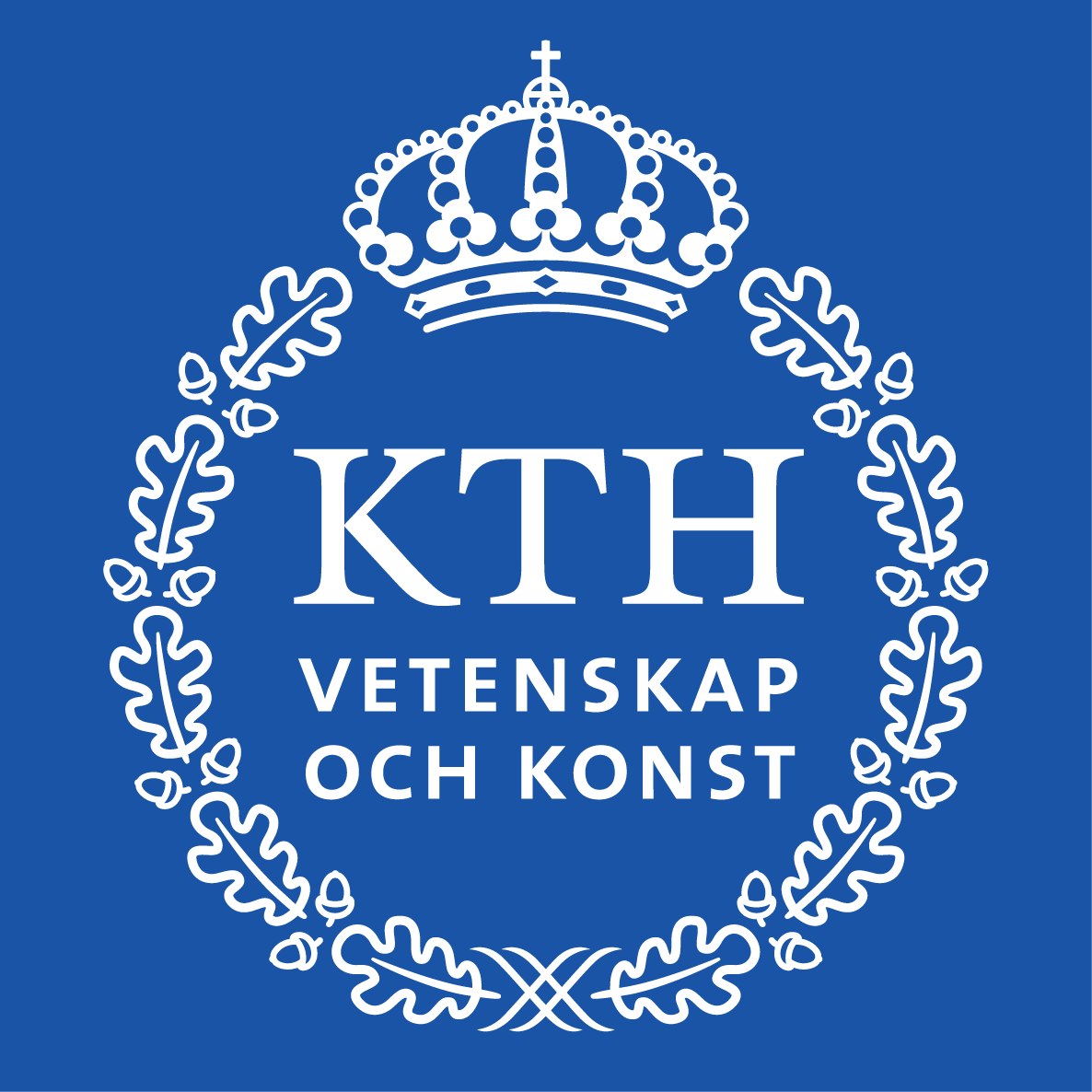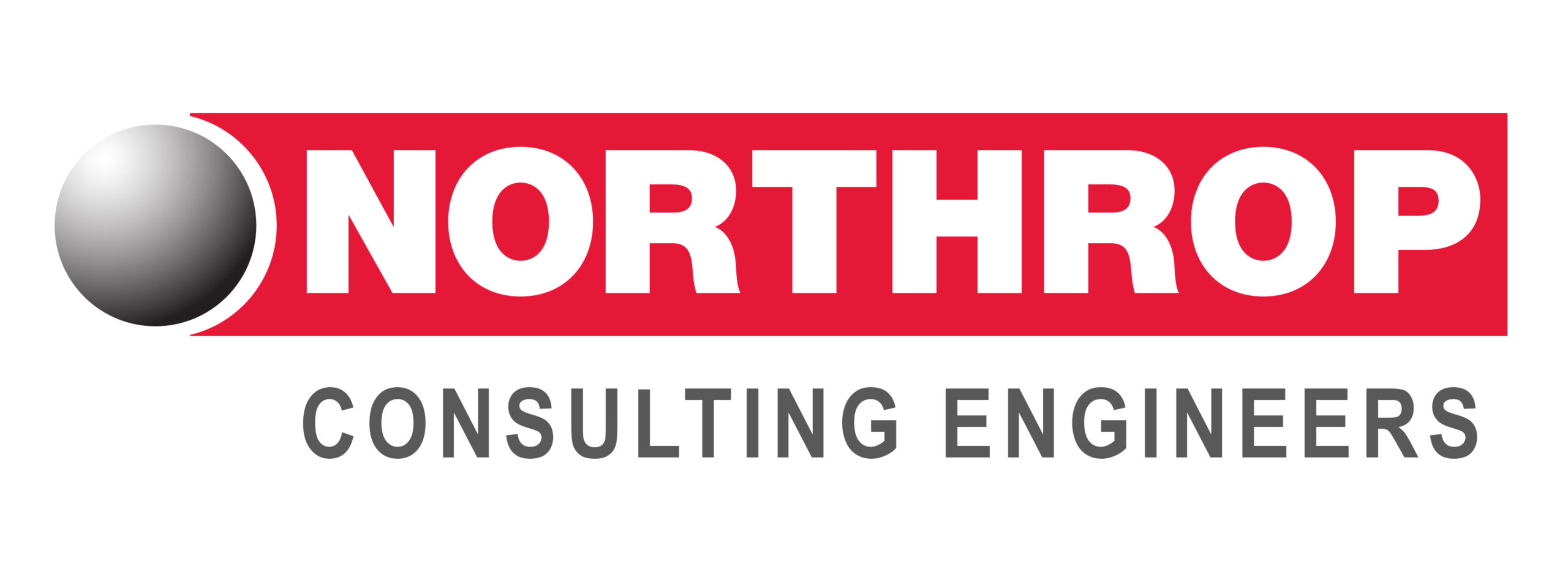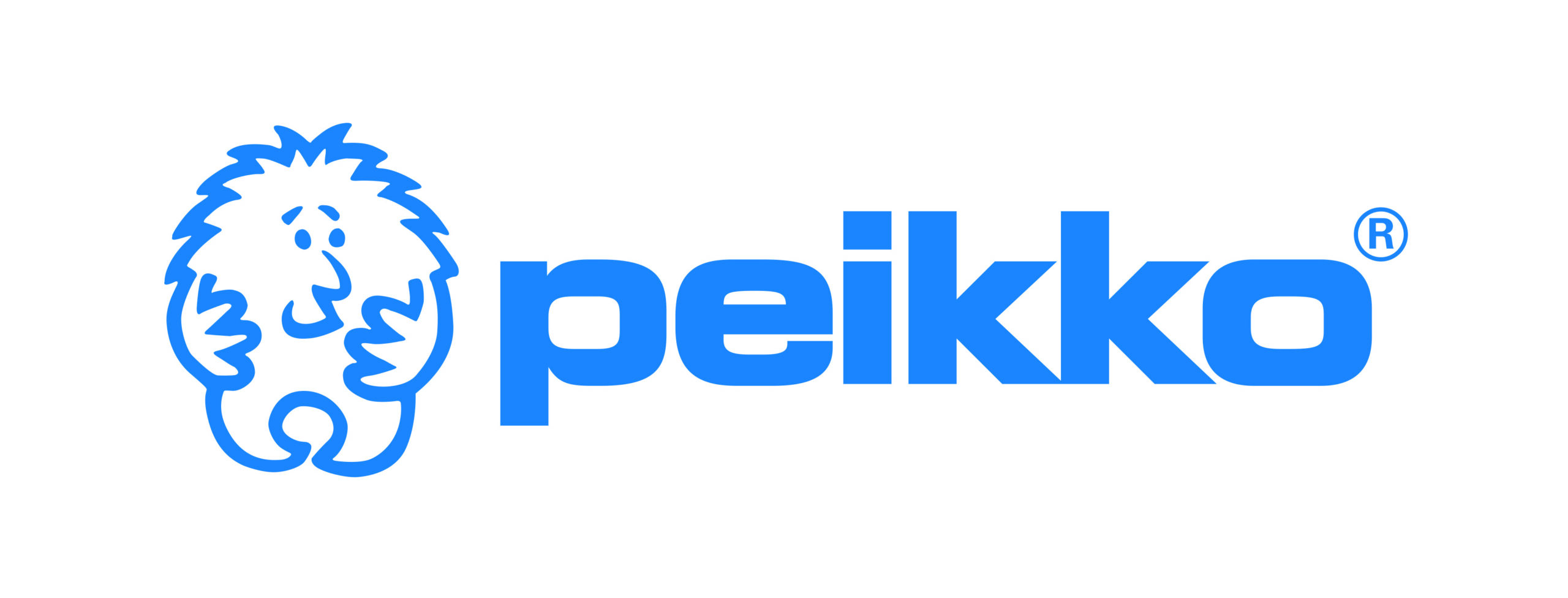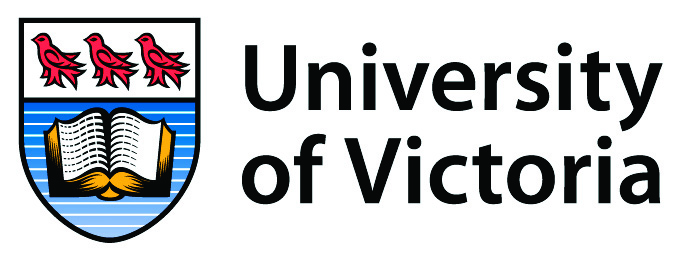Innovative Long-Span Timber and Wood-Based Hybrid Floors for Vibration Performance and Acoustic Compliance
Project Description
This project aims to develop solutions to address the vibration (and acoustic) performance of long-span timber floors including lightweight (joist-type, sawn board, metal, LVL), CLT with ribbed decks (GLT), band-beam CLT and CLT on steel beam (in a structural steel frame and Timber-concrete-steel composite (TCSC) floors. New knowledge and practical solutions are expected to be generated on the dynamic and acoustic properties and manufacturing procedures of lightweight timber, mass timber, and hybrid floors.
The following floor systems will be assessed in the laboratory and in selected completed buildings:
- Lightweight floor systems
- Cross-laminated-Timber (CLT) ribbed-deck floor systems
- CLT band-beam floor systems
- Hybrid CLT on steel bearer beams
Objectives
- A scoping study of the existing methods of assessment of vibration of floors and latest international research and development.
- Assessment of vibration properties of a 8m long lightweight floor system in the laboratory environment (Multinail).
- Assessment of vibration of a 8m × 8m band-beam CLT floor system in the laboratory environment (Hyne/XLam).
- Assessment of vibration of a 9m × 6m CLT on steel beam floor system in the laboratory environment (Peikko).
- Assessment of vibration of a 8m × 8m ribbed-deck CLT on Glulam beam floor system in the laboratory environment (Rubner).
- Measurement of the floor vibration and acoustic performance of completed buildings and building under construction-filed tests.
- Development of guidelines for design of floor systems to vibration. Preparing the draft of Woodsolution guideline and potential arguments for inclusion in the Australian Standards (Northrop/Robert Bird Group/Aurecon/Arup).
Targeted industry focused outcomes
- Scoping study report: The document will identify the need for the proposed research based on a comprehensive study of the current international industry-focused research and development of methods for analysis, design and construction of long-span timber and timber-composite floors. This will be distributed with the industry partners. Their endorsement will guarantee that the current work is not a duplicate and will provide valuable return of investment.
- Four industry engagement workshops: The workshops are intended to engage the industry partners throughout the entire lifetime of the project. This will ensure that the research outcomes are meaningful, relevant and can make a significant contribution to the engineering field. First workshop took place on 15 April 2025 in hybrid mode in Nathan campus of Griffith in Brisbane.
- Field tests: Multiple field tests of buildings in construction stage, completed buildings and buildings with occupants are planned. These buildings will be chosen in discussion with industry partners and will cover buildings of different types (office, commercial, sports facility, etc…) and in different states around Australia. The measurements (in conjunction with laboratory tests) will provide valuable information about the floor dynamics (for example influence of raised access floors in damping of office floors), effect of connections, partitions, work stations, and human-induced parameters in the vibration and acoustic performance of the floor within the structural system.
- Technical guides: Vibration design guideline will be developed for the four different types of floor systems outlined in the objectives section. The output will be discussed with partners and upon agreement will be disseminated into the Wood Solutions guideline. EuroCode committee has shown interest in working with us, specifically in regards with the recent EN-Timber floor vibration draft. Long-term plan is to provide some information that can be used in the Australian standards.
- Industry-based PhDs: Two PhD candidates will be directly working with the industry partners (DPI and Northrop) with joint industry supervision. The preferred research officer (post-doc) candidate to be appointed will have a PhD in Timber Engineering (or similar relevant qualification).
- A minimum of 5 publications are planned, with at least 3 co-authored with industry. Some of these publications will be cross-disciplinary between Engineering-architecture-and-human behaviour.
- There is a strong intention to develop an open-source software for vibration analysis and design of timber floors.
- There will be a minimum of one public talk by ARC Adv. Timber Hub which focuses on the impact of innovative research outcomes from academia-industry collaboration in the current project.
News
16th May, 2025: Griffith University Hosts Workshop on Timber Innovation for Vibrational and Acoustic Performance
Resources
Conference Paper: DESIGN UNCERTAINTY IN LONG SPAN MASS TIMBER FLOORS: PROPOSED BAND-BEAM SOLUTION
Blog: LONG-SPAN CLT FLOORS: THE IMPORTANCE OF UNDER FLOOR INSULATION FOR SOUNDPROOFING.
Objectives/Deliverables
- A Scoping study to identify existing knowledge, products, and practices as well as industry input and needs.
- Validated dynamics properties of each floor system from test results (laboratory and completed buildings): natural frequencies, mode shapes, and modal damping.
- Measured perception of floor vibration and comfort levels for each floor system.
- Validated and calibrated methods for prediction of vibration performance of the floor systems and compliance with international standards.
- Practical and efficient solutions for mitigation of annoying vibrations.
- Complementary to Wood solution design guideline 49 and relevant Australian Standard(s), NCC, BCA.
Project Leader/s
Hassan Karampour
Chief Investigator; Project Leader
Griffith University
Hong Guan
Node Leader - Performance of Building Components; Executive Board Member
Griffith University
Project Staff
Adam Faircloth
PhD Candidate & Affiliate Investigator
Queensland Department of Primary Industries
Mahdi Mazhari
PhD Candidate
Griffith University
Ian Underhill
Research Assistant
Griffith University
Project Investigators
Hassan Karampour
Chief Investigator; Project Leader
Griffith University
Hong Guan
Node Leader - Performance of Building Components; Executive Board Member
Griffith University
Benoit Gilbert
Chief Investigator; Project Leader
Griffith University
Guido Carim Junior
Chief Investigator
Griffith University
Huaizhong Li
Chief Investigator
Griffith University
Shanmuganathan Gunalan
Chief Investigator
Griffith University
Joerg Baumeister
Chief Investigator
Griffith University
Toby Hodsdon
Partner Investigator; Steering Group Committee Chair
Arup
Matt Wilkinson
Affiliate Investigator
Aurecon
Tom Watts
Affiliate Investigator
Hyne
Roberto Crocetti
Partner Investigator
KTH - Royal Institute of Technology, Stockholm, Sweden
David Zhang
Partner Investigator
Multinail Australia Pty Ltd
Ali Habibi
Partner Investigator
Northrop Consulting Engineers
Harri Onikki
Partner Investigator
Peikko Australia
Tim Smith
Executive Board Member
Queensland Department of Primary Industries
Arash Behnia
Partner Investigator
Robert Bird Group
Gianluigi Traetta
Partner Investigator
Rubner Holzbau Srl
Keith Crews
Research Hub Director; Executive Board Member
The University of Queensland
Hyungsuk (Thomas) Lim
Partner Investigator
University of Canterbury, Christchurch NZ
Sardar Malek
Partner Investigator
University of Victoria, Canada





